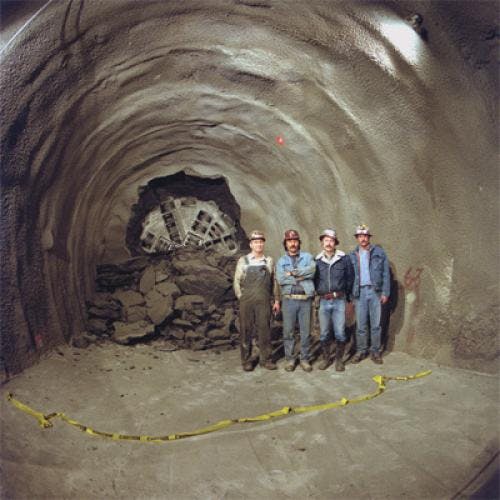
In June, the non-profit Project on Government Oversight released a draft audit report by the Department of Energy's Inspector General heavily criticizing the Super Collider for its high costs and poor management by officials in charge of it. By March, the New York Times reported the estimated total cost had grown to $8.4 billion. In February, the General Accounting Office reported a $630 million overrun in the $1.25 billion construction budget. Įarly in 1993, a group supported by funds from project contractors organized a public relations campaign to lobby Congress directly in support of the project. In 1992, it was opposed by a majority of the House of Representatives (231-181), but was included in the final reconciled budget due to support in the Senate (62-32). Ĭongress began appropriating annual funding for the project. A US-Japanese trade mission where SSC funding was supposed to be discussed ended in the George H. India pledged $50 million, but talks with Japan foundered over trade tensions in the automobile industry. European funding remained at CERN, which was already working on the Large Hadron Collider. This was hindered by promotion of the project as promoting American superiority. Leaders hoped to get financial support from Europe, Canada, Japan, Russia, and India. Critics of the project ( Congressmen representing other US states and scientists working in non-SSC fields who felt the money would be better spent on their own fields) argued that the US could not afford both of them.Įstimates of the additional cost caused by not using existing physical and human infrastructure at Fermilab in Illinois range from $495 million to $3.28 billion. A recurring argument was the contrast with NASA's contribution to the International Space Station (ISS), a similar dollar amount. In 1987, Congress was told the project could be completed for $4.4 billion, and it gained the enthusiastic support of Speaker Jim Wright of nearby Fort Worth, Texas. Partial construction and financial issues Ī high-level schematic of the lab landscape during the final planning phases.ĭuring the design and the first construction stage, a heated debate ensued about the high cost of the project. Seventeen shafts were sunk and 23.5 km (14.6 mi) of tunnel were bored by late 1993. Department of Energy review was also done during the mid-1980s. David Jackson of Berkeley, Chris Quigg of Fermilab, Maury Tigner of Cornell, Stanley Wojcicki, as well as Lederman, Chicago’s James Cronin, Harvard theorist Sheldon Glashow, and Roy Schwitters, continued their efforts to promote the Super Collider. In the mid-1980s, many leading high-energy physicists, including theorist J. Ī Central Design Group (CDG) was organized in California at the Lawrence Berkeley Laboratory, which became the gathering place for physicists to come and support the SSC design effort. įermilab director and subsequent Nobel physics prizewinner Leon Lederman was a very prominent early supporter – some sources say the architect or proposer – of the Superconducting Super Collider project, as well as a major proponent and advocate throughout its lifetime. Led by Stanford University physicist Stanley Wojcicki, and charged with making recommendations “for a forefront United States High Energy Physics Program in the next five to ten years.” the HEPAP subpanel recommended that the US build the Superconducting Super Collider.

Įarly in 1983, HEPAP ( High-Energy Physics Advisory Panel) formed the New Facilities for the US High-Energy Physics Program subpanel.


The supercollider was formally discussed in the 1984 National Reference Designs Study, which examined the technical and economic feasibility of a machine with the design energy of 20 TeV per proton. 5 Cross sections of preform superconductor rods from sample runs.4 Comparison with the Large Hadron Collider.2 Partial construction and financial issues.After 22.5 km (14 mi) of tunnel had been bored and about 2 billion dollars spent, the project was cancelled by the US Congress in 1993. Department of Energy administrator Louis Ianniello served as its first project director, followed by Joe Cipriano, who came to the SSC Project from the Pentagon in May 1990.

The laboratory director was Roy Schwitters, a physicist at the University of Texas at Austin. Its planned ring circumference was 87.1 kilometers (54.1 mi) with an energy of 20 TeV per proton and was designed to be the world's largest and most energetic particle accelerator. The Superconducting Super Collider ( SSC) (also nicknamed the desertron ) was a particle accelerator complex under construction in the vicinity of Waxahachie, Texas.


 0 kommentar(er)
0 kommentar(er)
